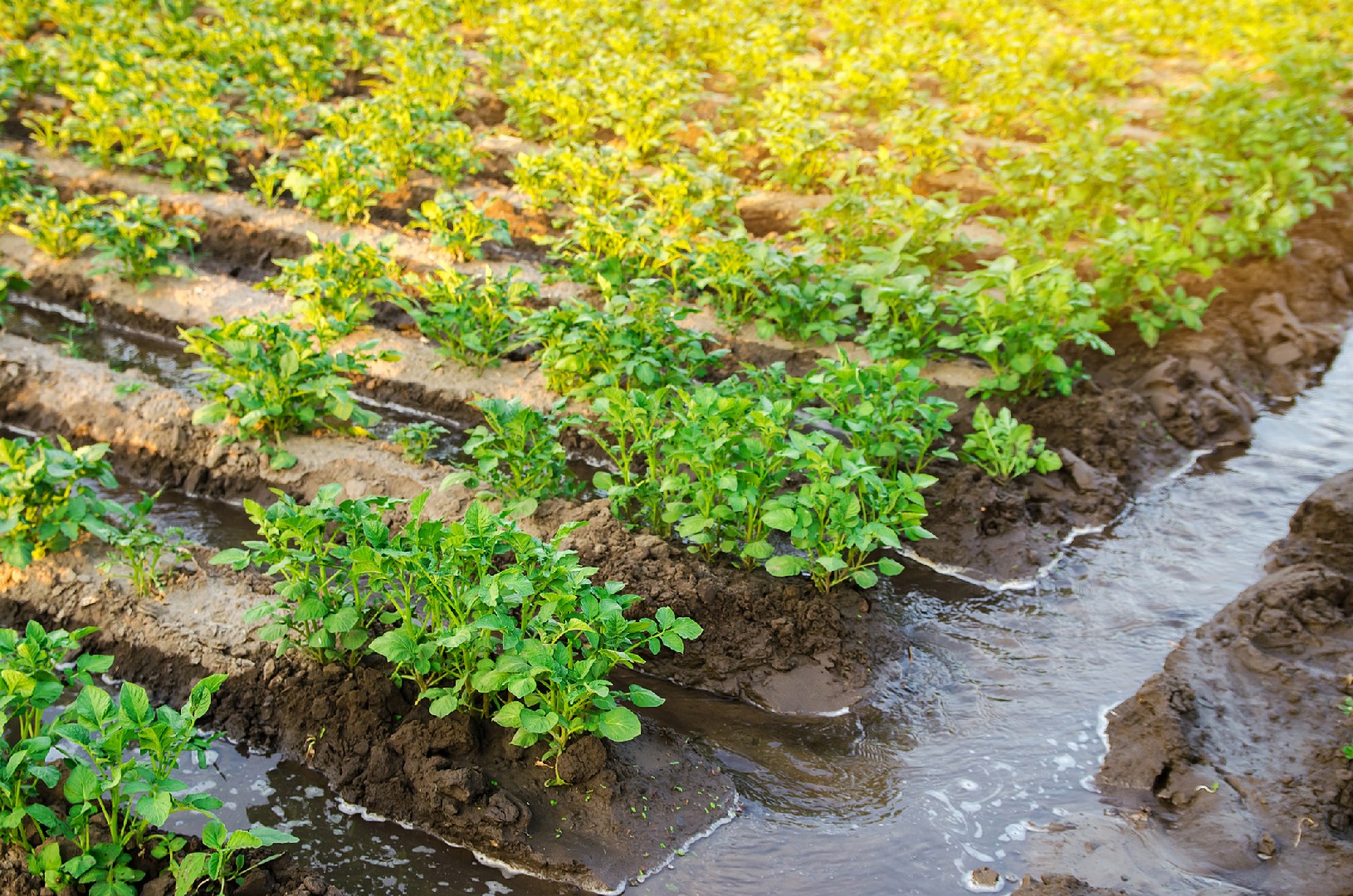![Rectangle]()
The Essence of Soil Drainage in Plant Health
When it comes to edible gardens, soil drainage is an essential factor that directly impacts the health and vitality of your plants. Proper drainage ensures that excess water can drain away from the roots, preventing waterlogging and the related problems that can arise. In this section, we will explore the impact of waterlogged soil on plant roots, demonstrate how impeded nutrient absorption due to poor drainage affects plant health, and highlight the role of soil oxygen levels in plant growth and development.
Waterlogged soil can be detrimental to the overall health of your plants. When the soil becomes saturated with water, it can lead to a lack of oxygen in the root zone. Plant roots require oxygen to carry out vital functions, such as respiration and nutrient uptake. Without sufficient oxygen, the roots suffocate and become more susceptible to diseases and root rot. This results in stunted growth, yellowing leaves, and overall poor plant health.
Additionally, poor drainage can impede the absorption of essential nutrients by plant roots. When water accumulates in the soil, it displaces the air pockets necessary for nutrient uptake. This can lead to nutrient deficiencies, even if the soil contains an adequate amount of nutrients. As a result, plants may exhibit nutrient-related symptoms such as pale leaves, slowed growth, and decreased fruit production. To ensure optimal nutrient absorption, it is crucial to improve soil drainage and prevent waterlogging.
Soil oxygen levels are also crucial for plant growth and development. Adequate oxygen in the root zone allows roots to respire, promoting healthy metabolism and efficient nutrient uptake. It also encourages the growth of beneficial soil microorganisms that contribute to nutrient cycling and plant health. By improving soil drainage, you can promote the exchange of oxygen between the soil and roots, creating a thriving environment for your plants.
To improve soil drainage in your edible garden, there are several practical methods you can employ. One effective approach is to amend the soil with organic matter such as compost or well-rotted manure. These materials help to break up compacted soil, improve its structure, and enhance drainage. Incorporating sand into clayey soils can also improve drainage by increasing pore spaces and promoting water movement. Additionally, creating raised beds or mounds can elevate the planting area, allowing excess water to drain more easily.
Another practical tip is to avoid overwatering your plants. By monitoring the moisture levels in the soil and watering only when necessary, you can prevent waterlogging and promote healthy soil drainage. Installing drainage systems, such as French drains or perforated pipes, can also be beneficial in areas with persistent drainage issues.
In conclusion, ensuring proper soil drainage is essential for the health and success of your edible garden. By understanding the impact of waterlogged soil on plant roots, the effects of impeded nutrient absorption, and the role of soil oxygen levels, you can take practical steps to improve drainage. Implementing methods such as adding organic matter, incorporating sand, and creating raised beds can enhance soil drainage and prevent waterlogging. Remember to monitor moisture levels and avoid overwatering to maintain a healthy balance. With good soil drainage, your plants will have the best chance to thrive and provide you with an abundant harvest.





